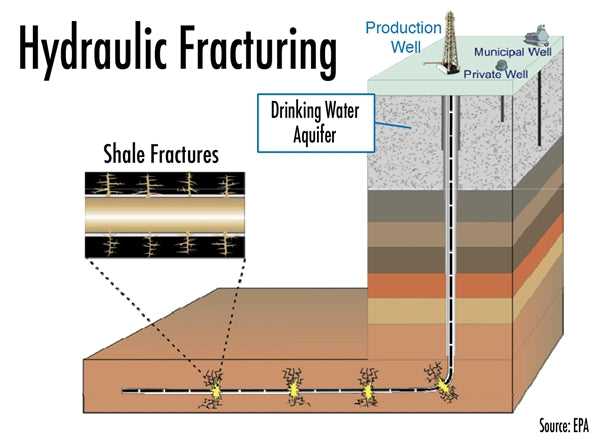
Stray Gases Detected in Drinking Water Near Fracking Sites
By Dan DeBaunShare
Residents living within a kilometer of shale gas sites face a high risk of having their drinking water contaminated by stray gases, according to a new study published recently in the Proceedings of the National Academy of Sciences.
While shale gas is increasingly becoming an important source of U.S. natural gas, the method of extractions – using a process of drilling horizontal wells and hydraulic fracturing – remains controversial due to the uncertain impact of this technique on the environment and to human health.
Hydraulic fracturing, commonly known as hydrofracking or simply fracking, involves pumping water mixed with sand and a variety of toxic chemicals into horizontal underground gas wells at high pressure to form fissures in the shale to release natural gas stored in pockets within the rock. The rapid expansion of fracking operations in the Marcellus shale region has fueled considerable debate and concern over the possibility of contamination of drinking water sources by both the chemicals used in fracking operations and the gases released.
Expanding on their earlier study, which surveyed private drinking water wells situated near fracking operations in the Marcellus shale regions of New York and Pennsylvania for contamination with methane, this study, conducted by a team of researchers from Duke University, surveyed a further 141 drinking water wells, testing for ethane and propane in addition to methane gas. While none of the studies conducted by this research team have revealed evidence of contamination by chemicals used in fracking fluids, the results from the recent study showed that not only were concentrations of methane gas higher in wells situated within a kilometer of shale gas wells, but ethane and propane concentrations were higher too. According to the study, concentrations of methane were six time greater at water wells within a kilometer of shale gas operations, while ethane concentrations were as much as 23 times greater. Propane gas was found in drinking water from 10 wells situated within a kilometer of shale drilling operations.
“The methane, ethane and propane data, and new evidence from hydrocarbon and helium isotopes, all suggest that drilling has affected some homeowners' water,” said Robert B. Jackson, a professor of environmental sciences at Duke's Nicholas School of the Environment. “In a minority of cases, the gas even looks Marcellus-like, probably caused by faulty well construction.”
The ethane and propane contamination data are “new and hard to refute,” Jackson stressed. “There is no biological source of ethane and propane in the region and Marcellus gas is high in both, and higher in concentration than the Upper Devonian gas found in-between.”
The researchers looked at a number of factors that might have affected the results, including topography, distance from geological formations or features, and distance from gas wells. According to Jackson, “Distance to gas wells was, by far, the most significant factor influencing gases in the drinking water we sampled.”
“Our studies demonstrate that distances from drilling sites, as well as variations in local and regional geology, play major roles in determining the possible risk of groundwater impacts from shale gas development,” said Avner Vengosh, professor of geochemistry and water quality at Duke's Nicholas School. “As such, they must be taken into consideration before drilling begins.”
For homeowners situated near gas well sites who are concerned that their drinking water may be contaminated, it is recommended that drinking water is filtered with a top of the range drinking water filter to remove any volatile organic compounds (VOCs), heavy metals or toxic chemicals that may pose a threat to your family's health.
Journal Reference
Robert Jackson, Avner Vengosh, Thomas Darrah, Nathaniel Warner, Adrian Down, Robert Poreda, Stephen Osborn, Kaiguang Zhao, Jonathan Karr. Increased Stray Gas Abundance in a Subset of Drinking Water Wells Near Marcellus Shale Gas Extraction. Proceedings of the National Academy of Sciences, Online week of June 24, 2013.
-
Regular price From $302.00 USDRegular priceUnit price / per
-
Regular price $234.00 USDRegular priceUnit price / per
-
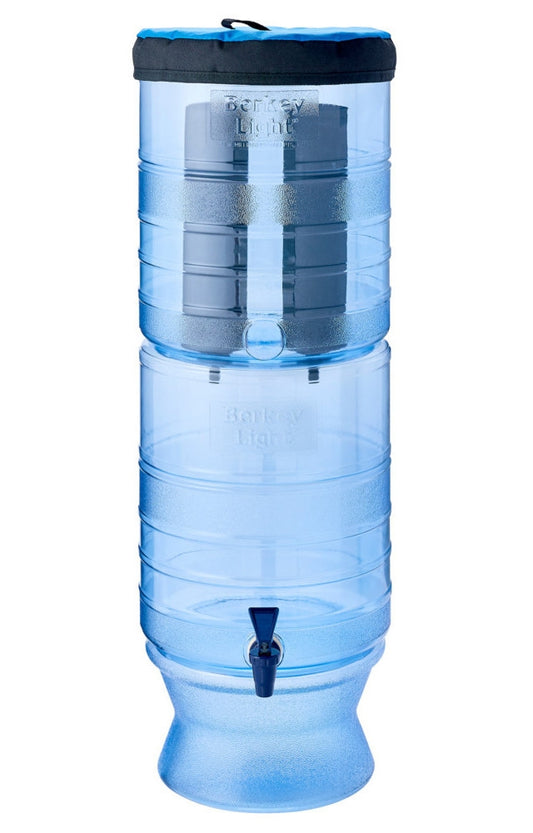
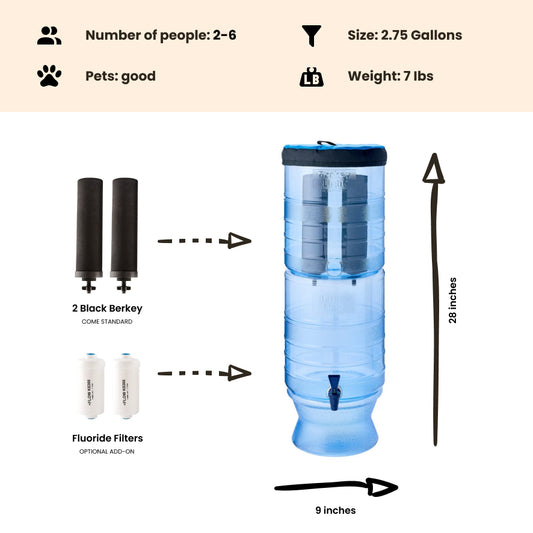 Sold outRegular price From $305.00 USDRegular priceUnit price / per
Sold outRegular price From $305.00 USDRegular priceUnit price / per -
Regular price $327.00 USDRegular priceUnit price / per
-
Regular price From $367.00 USDRegular priceUnit price / per
-
Regular price From $408.00 USDRegular priceUnit price / per
-
Regular price From $451.00 USDRegular priceUnit price / per

Dan DeBaun
Dan DeBaun is the owner and operator of Big Berkey Water Filters. Prior to Berkey, Dan was an asset manager for a major telecommunications company. He graduated from Rutgers with an undergraduate degree in industrial engineering, followed by an MBA in finance from Rutgers as well. Dan enjoys biohacking, exercising, meditation, beach life, and spending time with family and friends.
~ The Owner of Big Berkey Water Filters


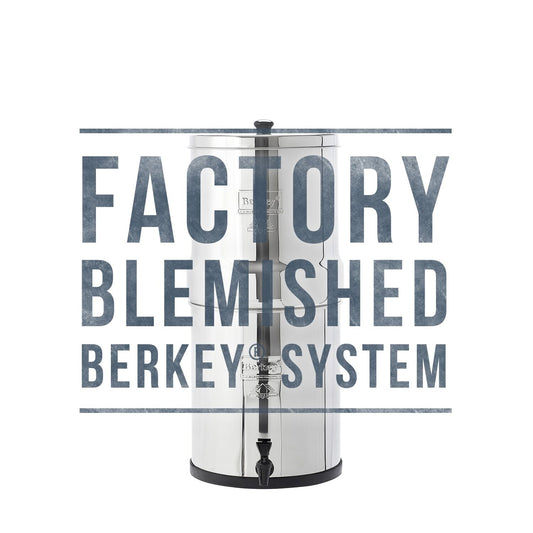
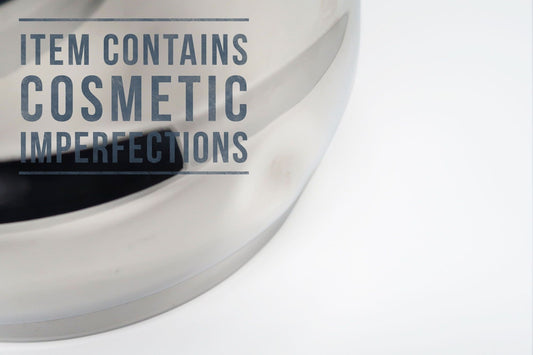








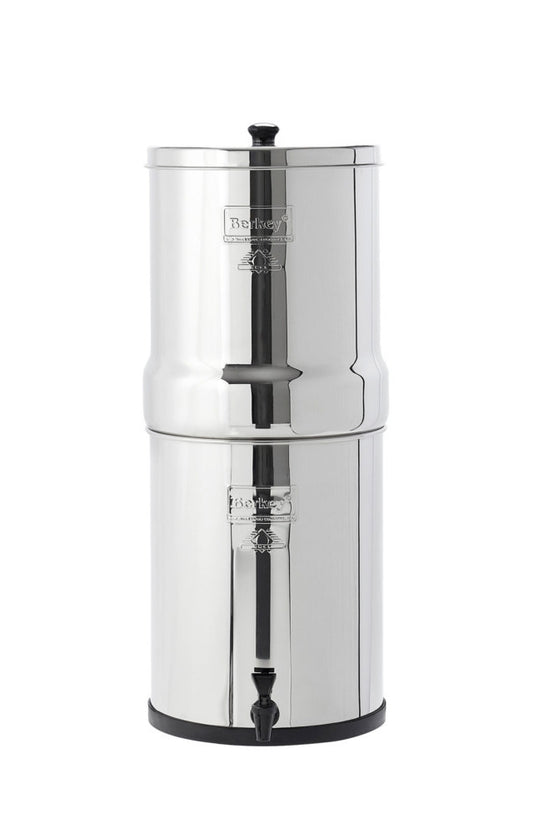
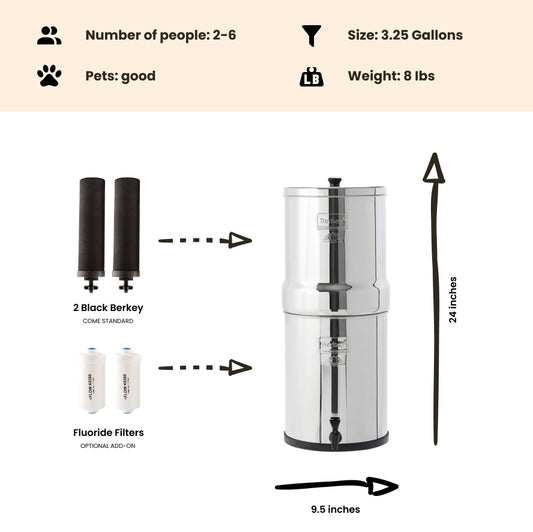



This is a major concern for us as well. :(
This is a huge concern for me, since there is a push for less then a 1/2 mile from my home and well.